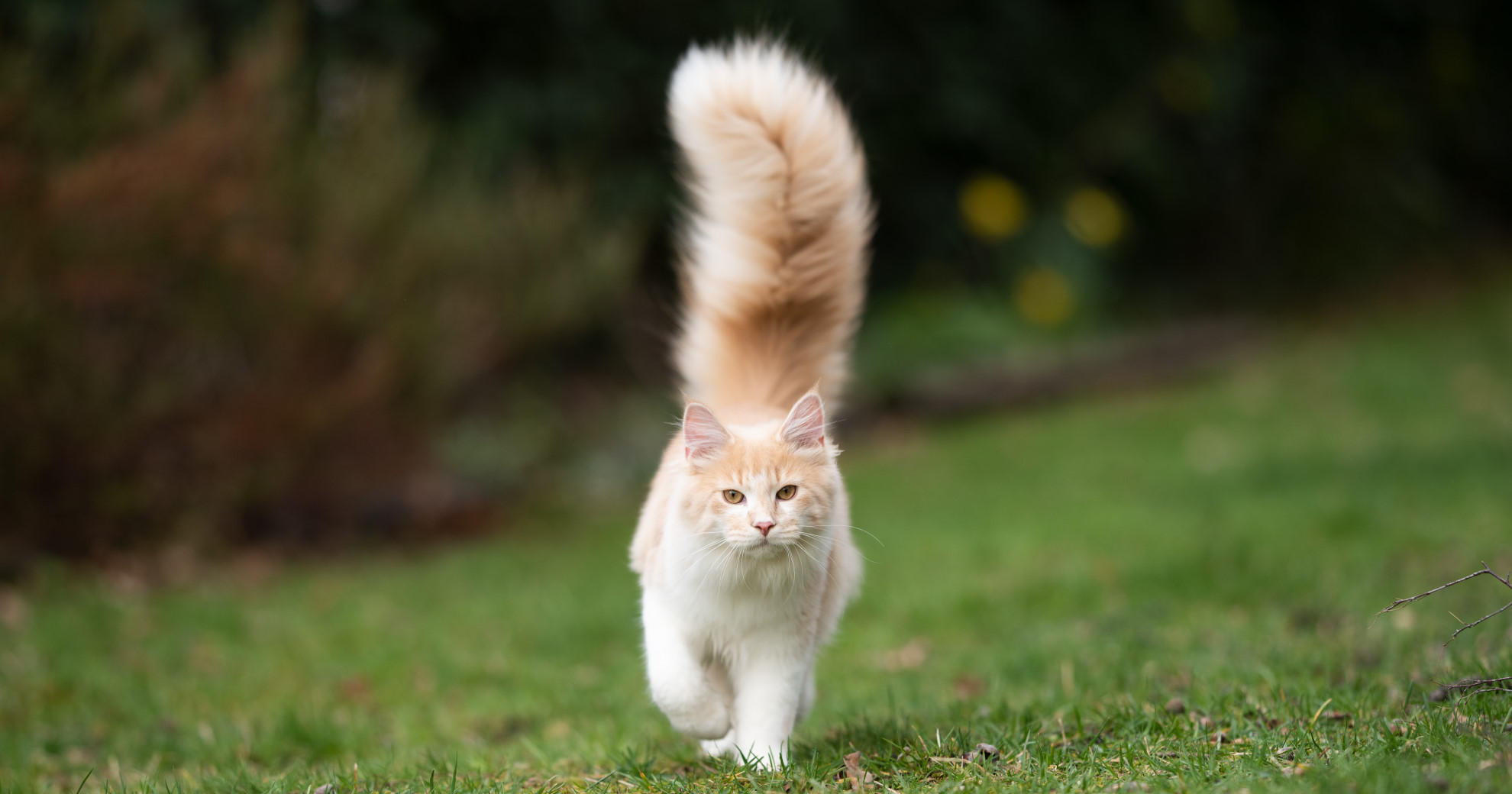
TRENDING
Kitty Communication: Body Language

Cats are not as domesticated as dogs and are suspected of seeing their owners mainly as a source of sustenance and comfort.
The more appropriately you provide these, the better your relationship will be. That means, understanding your feline companion’s body language is essential for building a strong and fulfilling relationship. We all know what cat vocalizations mean; the contented purring or outraged howls leave no doubts about their meaning. However, bodily movements and positions provide a more complex and nuanced mode of communication, and by learning to read these signals, you can better understand your cat’s moods and needs.
Common Body Language Signals
Ears: A cat’s ears can reveal a great deal about their mood. Perked-up and forward ears indicate alertness and interest in the surrounding environment. Flattened ears against the head suggest fear or threat perception.
Eyes: A cat’s eyes can also provide valuable insights into their mood. Wide, dilated eyes indicate fear or excitement. Narrowed, half-closed eyes suggest relaxation and contentment.
Tail: The tail is one of the most expressive parts of the cat’s body. A tail held high with a slight curve at the tip indicates happiness and confidence. A low-held or tucked tail suggests fear or threat perception. A rapidly swishing tail indicates agitation or anger.
Body Posture: A cat’s body posture can also provide clues about their mood. A relaxed cat will have a loose and relaxed body posture. A tense cat will have a stiff and hunched body posture.
Other Specific Body Language Signals
Rubbing: Rubbing against a person is a sign of affection.
Kneading: Kneading with the paws is a sign of comfort and contentment.
Biting or Scratching: Biting or scratching is a sign of aggression or defense.
Interpreting Body Language Signals
It is important to note that every cat is different, and some cats may exhibit body language signals in different ways. It is helpful to pay attention to your cat’s individual personality and behaviors so that you can better understand their body language.
These are tips for interpreting your cat’s body language:
- Pay attention to the cat’s entire body posture, including their ears, eyes, tail, and body position.
- Consider the context of the situation. What is the cat doing and what is happening around them?
- Look for changes in the cat’s body language. If the cat’s body language changes suddenly, it may be a sign that they are feeling stressed, scared, or threatened.
If you are unsure of what the cat’s body language means, it is always best to err on the side of caution and give them space.
Last word
The knowledge we gain from learning to read our cats’ body language will help us build stronger relationships with them, making it easier to share a happy, healthy, and fulfilling life.
Related Articles









